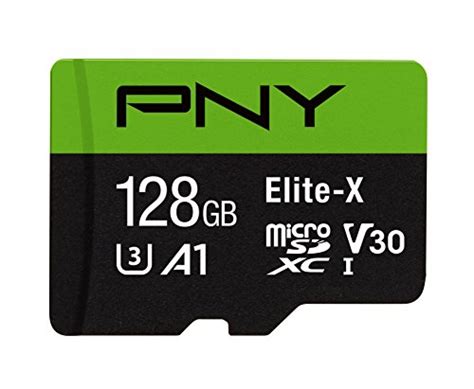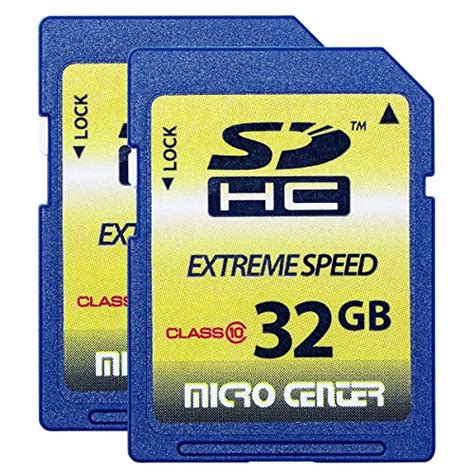
In 2012, I attended the ISTE conference in San Diego, CA. While I was only there for about 36 hours, it was easy for me to pick up on one of the hottest topics for the three-day event. The "flipped classroom" was being discussed in social lounges, in conference sessions, on the exhibit floor, on the hashtag and even at dinner. People wanted to know what it was, what it wasn't, how it's done and why it works. Others wanted to sing its praises and often included a vignette about how it works in their classroom and how it transformed learning for their students. Still others railed that the model is nothing transformative at all and that it still emphasizes sage-on-the-stage direct instruction rather than student-centered learning. I engaged in a few of these discussions offline and online, and while I'm still on the fence about my feelings toward the model, I can offer some insight and interpretation.
According to the description on ASCD's page for the newly released book, Flip Your Classroom: Reach Every Student in Every Class Every Day, by flipped-classroom pioneers Aaron Sams and Jonathan Bergmann, "In this model of instruction, students watch recorded lectures for homework and complete their assignments, labs, and tests in class." In part one of a three-part series of articles, Bergmann, along with two co-authors, tries to dispel some of the myths surrounding the flipped classroom. For instance, they state that the flipped classroom is NOT "a synonym for online videos. When most people hear about the flipped class all they think about are the videos. It is the interaction and the meaningful learning activities that occur during the face-to-face time that is most important."
The authors go on to explain that the model is a mixture of direct instruction and constructivism, that it makes it easier for students who may have missed class to keep up because they can watch the videos at any time. The argument also goes that since students watch most teacher lectures at home and are receiving instruction as homework, they can spend class time working through any gaps or misunderstandings around the content with the teacher acting as "guide on the side." Another flipped classroom educator, Brian Bennett, wrote a post explaining that the model is not about the videos, but about the learning. I had a chance to talk to Brian at ISTE, and it was great to hear him express his thoughts about the model in more than 140 characters. He also runs the #flipclass chat on Twitter every Monday night, which is a great chance to learn more about the model.
As with any new fad or trend, there are plenty of people trying to either use the model to make money or jump on the bandwagon without really understanding what they are joining. For instance, the company TechSmith has an entire part of their site dedicated to the flipped-classroom model. Now, I happen to think that TechSmith makes great products and are pretty good at keeping a finger on the pulse of education. However, it's no secret why TechSmith, who creates screencasting software, would be interested in the flipped-classroom approach. For what it's worth, their site does focus mostly on methodology and pedagogy, and they have consulted educators for most of their content. What is disconcerting to me is to hear vendors on the exhibit floor at ISTE talking about how their product will help you "flip your class." If I were your average principal or tech director walking around the exhibit hall without much knowledge of the model, or a misconception of the model, I could really end up getting the wrong information.
I have often seen and heard the Khan Academy come up in discussions around the flipped classroom. (I can hear a vendor saying, "With our amazing display quality, your students can watch videos in crisp detail!") While some teachers profess to using KA videos to present content to their students, the idea is not that KA will replace the teacher or replace the content as a whole. From my experience with KA, the content is taught in only one way. Good instruction, especially for math concepts, requires that ideas be presented in a number of ways. In addition, not all math is solving equations. One of the hardest parts about teaching math is making sure that students are not blindly solving equations without really understanding what they are doing with the numbers. For students to be successful on their own, videos used in the flipped-classroom model must include a variety of approaches in the same way a face-to-face lesson would, and they must also have good sound and image quality so that students can follow along easily. These videos must also match the curriculum, standards and the labs or activities the students will complete in class.
Most of the blog reflections I have read and the conversations I have followed point to the way that the flipped classroom has truly individualized learning for students. Teachers describe how students can now move at their own pace, how they can review what they need when they need to, and how the teacher is then freed up to work one-on-one with students on the content they most need support with. They also point to the ability for students to catch up on missed lessons easily through the use of video and online course tools like Edmodo or Haiku Learning. In addition, a 2009 meta-analysis done by the Department of Education showed that in many cases, online learning has some advantages over face-to-face learning.
When I first started learning about the flipped-classroom model, my immediate reaction was, "This won't work with my students." This continues to be an argument made by a lot of rural and urban teachers. Our students just don't have the access required for the model to really work. I've had people tell me, "They can use the public library." To which I explain that there are usually three computers available and there is usually a 30-minute limit per user. I've had people tell me, "You can burn DVDs that they can watch in their DVD players." To which I ask how much of the day can a teacher devote to burning at least 10-15 DVDs at a time? I've also been told that students can use the school computer lab after school to watch the videos. To which I explain that we have only 27 computers available for the whole school, and that it would require an after school program to be put into place. (This last option, by the way, is the most realistic.) Another tough sell for me is the fact that if everyone starts flipping their classrooms, students will end up sitting in front of a screen for hours every night as they watch the required videos. And as many teachers can tell you, not everyone learns best through a screen.
Listening to Aaron Sams talk about his experience with the flipped-classroom model, one can't help but imagine that what he is describing doesn't require video at all. What he describes is, in essence, what John Dewey described at the turn of the 20th century: learning that is centered around the student, not the teacher; learning that allows students to show their mastery of content they way they prefer. These are not new concepts. I am often brought back to the question: "Are we doing things differently or doing different things?" As educators around the globe try to flip their class, it's an important thing to reflect on.
So in the end, why should we care so much about the flipped-classroom model? The primary reason is because it is forcing teachers to reflect on their practice and rethink how they reach their kids. It is inspiring teachers to change the way they've always done things, and it is motivating them to bring technology into their classrooms through the use of video and virtual classrooms like Edmodo and similar tools. As long as learning remains the focus, and as long as educators are constantly reflecting and asking themselves if what they are doing is truly something different or just a different way of doing the same things they've always done, there is hope that some of Dewey's philosophies will again permeate our schools. We just need to remember that flipping is only the beginning.
 Classical Naptime For Tots
Classical Naptime For Tots
 Doggie Stylz Set Of 2 Reflective Therapy Dog In Training Removable Patches Wit
Doggie Stylz Set Of 2 Reflective Therapy Dog In Training Removable Patches Wit
 6 Pcs Service Dog In Trainingworkingstress Amp Anxiety Response Embroidere
6 Pcs Service Dog In Trainingworkingstress Amp Anxiety Response Embroidere
 Service Dog In Training Patch With Hook Back And Reflective Lettering For Servic
Service Dog In Training Patch With Hook Back And Reflective Lettering For Servic
 Four Paws Wee Wee Pee Pads For Dogs And Puppies Training L Gigantic Xl St
Four Paws Wee Wee Pee Pads For Dogs And Puppies Training L Gigantic Xl St
 Pny 128gb Elite X Class 10 U3 V30 Microsdxc Flash Memory Card 100mbs
Pny 128gb Elite X Class 10 U3 V30 Microsdxc Flash Memory Card 100mbs
 Academy Of Beasts V Shifter Romance
Academy Of Beasts V Shifter Romance
 Beast Academy 5a Practice
Beast Academy 5a Practice
 32gb Class 10 Sdhc Flash Memory Card Standard Full Size Sd Card Ush I U
32gb Class 10 Sdhc Flash Memory Card Standard Full Size Sd Card Ush I U
 Go Power F 200 Class T 200 Amp Slow Blow Fuse Silver
Go Power F 200 Class T 200 Amp Slow Blow Fuse Silver
 Blue Sea Systems 5116 Fuse A3tclass T 200a
Blue Sea Systems 5116 Fuse A3tclass T 200a
 Eureka Peanuts Classic Characters Deco Kit 840227
Eureka Peanuts Classic Characters Deco Kit 840227













